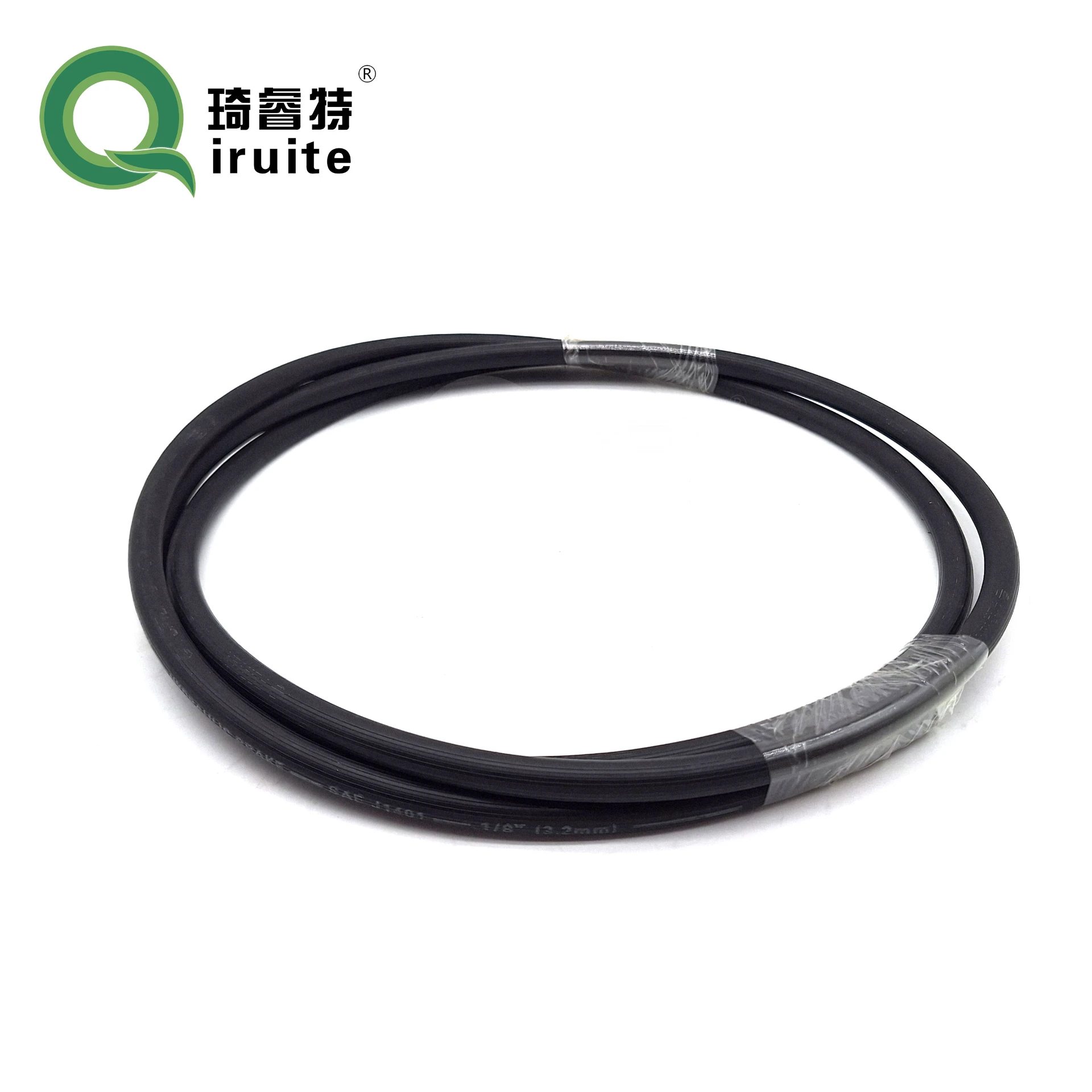non threaded pipe coupling
Understanding Non-Threaded Pipe Coupling An Essential Component in Fluid Systems
In the realm of fluid dynamics and piping systems, the integrity of connections between pipes is crucial for maintaining efficient operations and ensuring safety. Among the various types of pipe couplings available, non-threaded pipe couplings stand out due to their unique design and functionality. This article delves into the importance of non-threaded pipe couplings, their applications, advantages, and considerations for use.
What is a Non-Threaded Pipe Coupling?
A non-threaded pipe coupling is a type of fitting used to connect two lengths of pipe without the need for threaded ends. These couplings can take various forms, such as slip couplings, compression fittings, or soldered connections, which utilize methods other than threading to secure the pipes together. Typically, non-threaded couplings are found in systems carrying liquids, gases, or other fluids, and they can be made from diverse materials, including metal, plastic, and rubber.
Applications of Non-Threaded Pipe Couplings
Non-threaded pipe couplings find extensive application in multiple sectors, including
1. Plumbing Systems These couplings are commonly used in residential and commercial plumbing to connect water supply and drainage systems. They facilitate easy assembly and disassembly, making repairs and modifications more manageable.
2. Industrial Pipelines In industrial settings, non-threaded couplings are essential for connecting larger diameter pipes in chemical processing plants, refineries, and power plants. The integrity and leak-proof nature of these couplings are critical for preventing hazardous spills.
3. HVAC Systems Non-threaded couplings are utilized in heating, ventilation, and air conditioning systems to connect ductwork and piping without the risk of leaks often associated with threaded fittings.
4. Food and Beverage Industry Sanitary non-threaded couplings, designed to meet stringent hygiene standards, are used to transport liquids in the food and beverage sector, mitigating contamination risks.
Advantages of Non-Threaded Pipe Couplings
non threaded pipe coupling

Non-threaded pipe couplings offer several advantages over their threaded counterparts
1. Ease of Installation The installation of non-threaded couplings is generally quicker and requires less precision than threaded fittings. This ease of use can significantly reduce labor costs and time during the assembly process.
2. Leak Prevention Non-threaded couplings, especially those designed for specific applications, can provide superior sealing capabilities. Their structural design often prevents leaks more effectively than threaded connections, reducing the risk of fluid loss and potential environmental hazards.
3. Flexibility and Adaptability These couplings can accommodate thermal expansion and contraction of pipes, allowing systems to adapt to temperature fluctuations without compromising structural integrity.
4. Corrosion Resistance Many non-threaded couplings are manufactured from materials that resist corrosion, extending the lifespan of the piping system and minimizing maintenance needs.
Considerations for Use
While non-threaded pipe couplings offer numerous benefits, certain considerations must be made
1. Compatibility It’s essential to ensure that the materials and sizes of the pipes being connected are compatible with the non-threaded coupling being used.
2. Pressure Ratings Different designs and materials have varying pressure ratings. It’s critical to select couplings that can withstand the pressures associated with the specific application to prevent failure.
3. Installation Techniques Proper installation techniques are vital for ensuring the effectiveness of non-threaded couplings. Following manufacturer guidelines and using the correct tools is essential to achieve the desired seal and connection strength.
In conclusion, non-threaded pipe couplings are integral to modern piping systems, offering a reliable, efficient, and flexible means of joining pipes across various applications. Their advantages in installation ease, leak prevention, and adaptability make them a popular choice among engineers and professionals in multiple industries. As technology advances, the materials and designs of non-threaded couplings are likely to evolve, further enhancing their performance and utility in fluid conveyance systems.
-
Ultimate Spiral Protection for Hoses & CablesNewsJun.26,2025
-
The Ultimate Quick-Connect Solutions for Every NeedNewsJun.26,2025
-
SAE J1401 Brake Hose: Reliable Choice for Safe BrakingNewsJun.26,2025
-
Reliable J2064 A/C Hoses for Real-World Cooling NeedsNewsJun.26,2025
-
Heavy-Duty Sewer Jetting Hoses Built to LastNewsJun.26,2025
-
Fix Power Steering Tube Leaks Fast – Durable & Affordable SolutionNewsJun.26,2025

